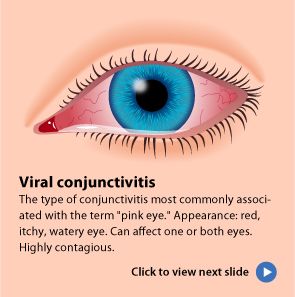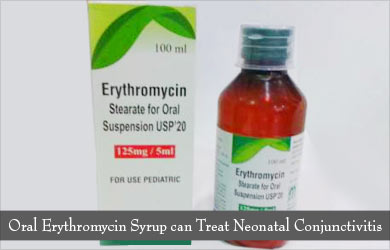
There are many different types of onjunctivitis medications on the market today. The first step is to seek medical advice from an eye specialist. The type of conjunctivitis will determine the type of treatment required. In general, antibiotics are the first line of treatment. Some schools require students to take these antibiotics to treat their symptoms. Chloramphenicol, fusidic acid, and ibuprofen are all available over-the-counter at pharmacies and without a prescription.
Some of these treatments will only treat the symptoms of viral conjunctivitis, while other types of treatment will require an antibiotic or topical antihistamine. Both of these treatments are effective, but should only be used when the infection has not become bacterial. In most cases, conjunctivitis will clear up on its own. Symptomatic relief can often be achieved with over-the-counter eye drops. However, if conjunctivitis has a bacterial cause, you may need a prescription medication.
Antibiotics are usually the first line of treatment for viral conjunctivitis. These medications are usually prescribed by a doctor and should be applied to the infected eye. Some people also use topical solutions consisting of aminoglycosides, fluoroquinolones, sulfonamides, and macrolides. Your doctor may prescribe antibiotic eye drops for specific conditions and dosages.
There are several different types of medications for conjunctivitis. Most are available without a prescription, but some may need to be prescribed by a healthcare professional. You should use them according to the directions on the bottle. Some of them may help relieve symptoms such as itching and burning. Another option is to apply cotton wool moistened with water to your eyelids. There are many types of medications for conjunctivitis.
Typically, treatment for common bacterial conjunctivitis is a combination of antibiotics and artificial tears. In rare cases, antibiotics alone will not help. Non-antihistamine eye drops will provide the best relief for your symptoms. Several other types of medications for pink eye are available without a prescription online https://cth.co.th/. If your symptoms are severe, your doctor may prescribe antihistamine eye drops.

If you have chronic bacterial conjunctivitis, you should see a doctor as soon as possible. It is important to seek medical help if symptoms persist for more than two days. Your doctor can prescribe antibiotic-free eye drops to help you recover quickly. If you have a bacterial infection, you should consider using topical solutions to relieve inflammation and inflammation. It may be worth checking with your doctor if you have fever and red eyes.
Some patients may opt for over-the-counter eye drops to relieve the discomfort caused by bacterial conjunctivitis. They can be purchased at a pharmacy without a prescription. Other patients may require a prescription from a doctor. Typically, your doctor will prescribe lubricant eye drops to relieve the discomfort and pain associated with bacterial conjunctivitis. In rare cases, antibiotics are not needed. In most cases, conjunctivitis goes away on its own and the risk of complications is low.
Antihistamine eye drops can help control allergic reactions and inflammation. The over-the-counter eye drops can also help control the symptoms of allergic conjunctivitis. In addition to prescription eye drops, you can also choose to use natural products such as a cool compress or a cool vaporizer. If you have a strong reaction to an allergen, it is important to avoid contact with it.
Antibiotic eye drops are often prescribed for bacterial conjunctivitis. They will clear up the symptoms within three to four days if they are taken on a daily basis. For viral conjunctivitis, antibiotics can only reduce the inflammation and prevent infection. While they will not cure the condition, they can help manage the discomfort. Most patients can be treated with over-the-counter eye drops. If you have an allergic reaction to an antihistamine, your doctor will likely prescribe an antihistamine.
Topical antibiotic eye drops can treat bacterial conjunctivitis. Usually, antibiotic eye drops are prescribed for two to five days. Occasionally, they may help to reduce the symptoms, but they won’t cure the disease. These medications are only used to prevent infection. Taking them on a regular basis is the best way to keep the infection at bay. If you don’t have any other symptoms, you can apply some of these medicines and continue your normal activities.
